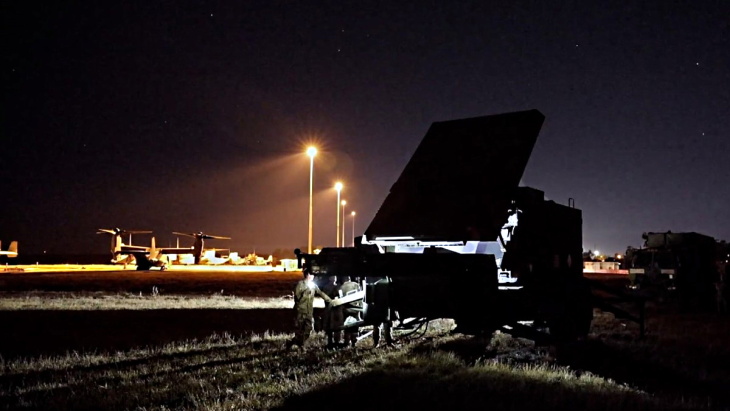Drilling of the NWMO's first borehole, about 35 kilometres west of Ignace, between Ignace and Wabigoon Lake Ojibway Nation (WLON), began in November 2017. Since then, six boreholes - each one kilometre in length - have been drilled into a rock formation known as the Revell Batholith. Completion of drilling marks a significant milestone in the geoscience work to determine whether the site can safely host the repository, NWMO said. Downhole testing will be completed over the coming months.
Boreholes are drilled using a conventional truck-mounted or skid-mounted rotary drill rig. The drilling and on-site testing process for a 1 km-deep borehole takes about 120 days.
Lise Morton, NWMO's vice-president of site selection, said the completion of drilling at Ignace is an "exciting moment" for the organisation. "A lot of work has been done, and we literally have six kilometres of borehole samples to study," she said. "The information we gather from this work will be brought together with other data as we learn about all aspects of the proposed site."
The NWMO is a non-profit organisation responsible for implementing Canada's plan for the safe, long-term storage of used nuclear fuel inside a deep geological repository in an area with informed and willing hosts. Ignace and South Bruce, both in Ontario, are being studied as possible host areas, having been narrowed down from a list of 21 interested communities through a process launched in 2010. Borehole drilling, coring and downhole testing at South Bruce began earlier this year, and drilling is anticipated to be completed in mid-2022.
Canada's plan for a deep geological repository will only proceed in an area with informed and willing hosts. Community monitors from WLON were on-site during the borehole drilling, and were an important part of the team, NWMO said, providing input on-site as well as sharing information and insights with WLON.
"As part of the NWMO's site selection process, we need to be sure that used nuclear fuel can be safely contained in the rock to ensure water, people and the environment are safe. Borehole drilling has been a big part of that," NWMO Site Director-Ignace Bill Gascon said. "We are committed to working with communities, including municipal, First Nation and Métis communities, and others in the area to safely site this project in an area with informed and willing hosts."
 A tour to the Ignace borehole sites in November 2021 (Image: NWMO)
A tour to the Ignace borehole sites in November 2021 (Image: NWMO)
Tours to the borehole sites have been popular, NWMO said, with some 200 people, including students, residents and people from the region, taking part.
The NWMO plans to select a site in 2023. Detailed site characterisation, federal impact assessment and licensing processes would begin in 2024. A five-year strategic plan published by NWMO earlier this year anticipates construction of the repository beginning in 2033, with operations beginning between 2040 and 2045.

.jpg)




_50545.jpg)
_28367.jpg)

_76087_55556.jpg)




